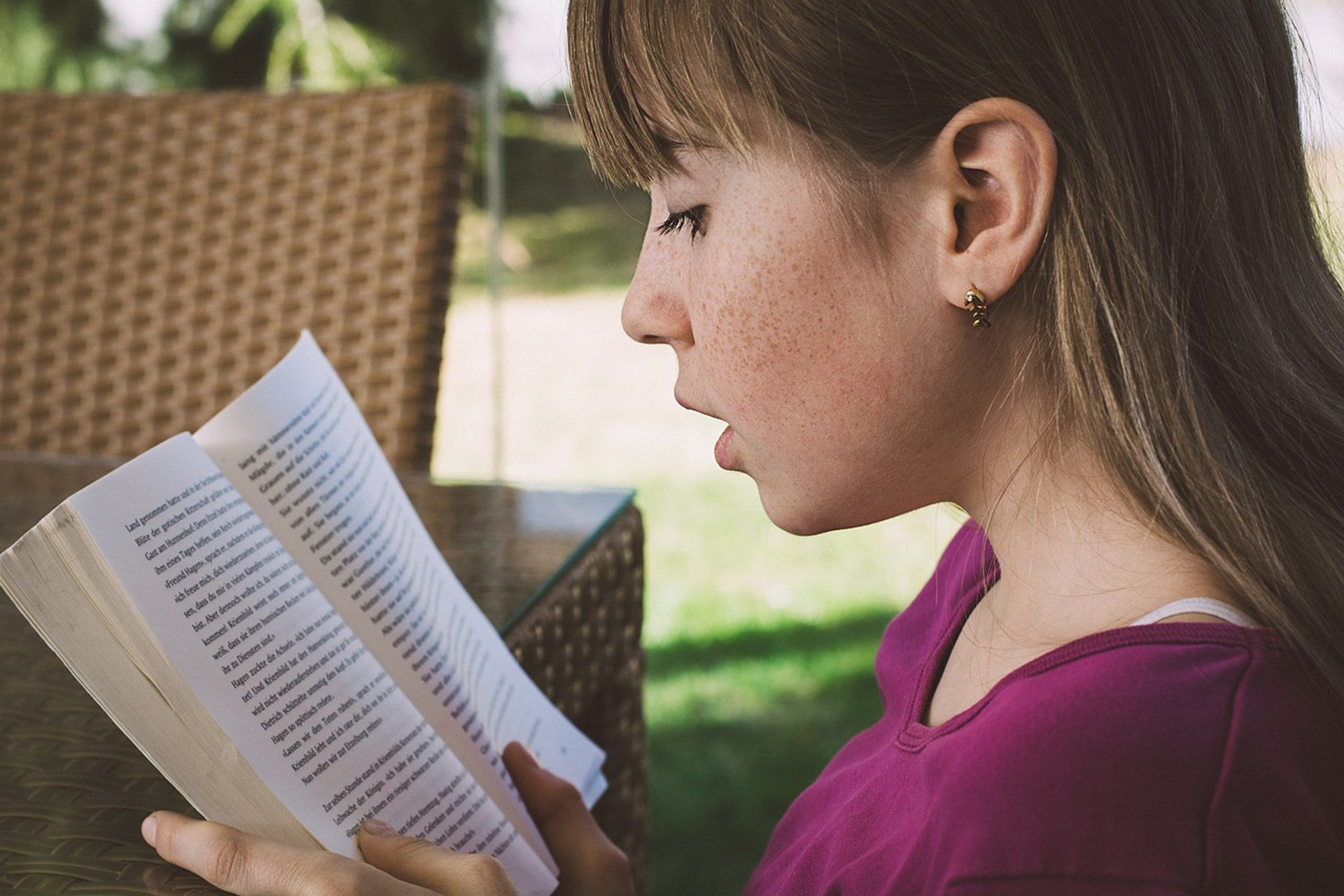Plans for the Boston Public Library, the nation’s second-oldest public library, were approved in 1852, the same year Massachusetts passed the country’s first compulsory schooling law. Both public libraries and public schools are funded through taxation and both are “free” to access, but the similarities end there. The main difference between public libraries and public schools is the level of coercion and state power that public schooling wields.
Voluntary vs. Compulsory
Libraries are open and available for anyone to access. You can quickly sign up for a library card if you want borrowing privileges, but you don’t have to. You can come and go freely, spend time in whatever library sections most interest you, ignore ones that don’t, and leave when you want. You can ask for help and support from a librarian if you choose. You can participate in a class that the library offers or access one of the library’s many online resources, but those are all optional. You may not always like a library’s programming, but you don’t have to participate in anything you don’t want to. If you don’t like your neighborhood library, you can freely visit one in another neighborhood or another town. You mix daily with a wide assortment of people of all ages and backgrounds at your library, reflecting the diversity of your community. Aside from the public levy, everything is voluntary.
Moreover, you don’t ever have to step foot in a library and still have access to books and resources through bookstores and online retailers. Your library has no control over what your local bookstore sells, and the library system can’t dictate rules to Amazon.
Public schools, which are more aptly called government schools because of the force associated with them, are nothing like public libraries. Parents are required to register their children for school under a legal threat of force, and the ages at which a child must attend school are lengthening. Parents can choose to homeschool or enroll their child in a private school, but in most states, homeschooling and private schools are regulated by the state under compulsory schooling statutes. Education is controlled by the state, even for non-public entities that receive no public money.
This is akin to your public library monitoring the books that Barnes & Noble sells, but it goes well beyond that. In each state, young people are required to meet certain attendance thresholds in terms of hours of classroom learning. It would be like the library system mandating that you visit your library—assigned to you based on your zip code— a certain number of days and hours each year, or, alternatively, visit Barnes & Noble for those same number of days and hours with a report to the state to prove it. While you’re at your library or bookstore, you are also required to learn about specific subjects whether you want to or not. And there may be a test.
Sign-Up: Receive Kerry’s Weekly Parenting and Education Newsletter!
Freedom over Force
If the public library system had the same power as the public schooling system, there would be far fewer private booksellers. When you are required by law to receive library services for a certain number of hours per year, you will likely go with the “free” option rather than paying to receive your mandatory library services at Barnes & Noble, which would charge a fee. Indeed, this happened with mandatory schooling.
In his book Schooled to Order, historian David Nasaw explains that as government schooling became compulsory in Massachusetts, the number of private schools in the state dropped from 1,308 in 1840 to only 350 by 1880.[1] Similar trends occurred in other states as they enacted compulsory schooling laws, with private school enrollment subsequently plummeting. It’s hard to compete with “free” and compulsory.Most of us would never tolerate a level of coercion and state power associated with public libraries that we routinely accept with public schools and education more broadly. As back-to-school time nears, it’s worth celebrating the many ways that public libraries facilitate non-coercive, self-directed learning for all members of the community and questioning why we would ever want our children to learn in spaces where force, not freedom, prevails.
[1] Nasaw, David. Schooled to Order: A Social History of Schooling in the United States. New York: Oxford University Press, 1979, p. 83.
Kerry McDonald is a Senior Education Fellow at FEE and author of Unschooled: Raising Curious, Well-Educated Children Outside the Conventional Classroom (Chicago Review Press, 2019). Kerry has a B.A. in economics from Bowdoin College and an M.Ed. in education policy from Harvard University. She lives in Cambridge, Massachusetts with her husband and four children. You can sign up for her weekly newsletter on parenting and education here.
This article was sourced from FEE.org
 By
By 